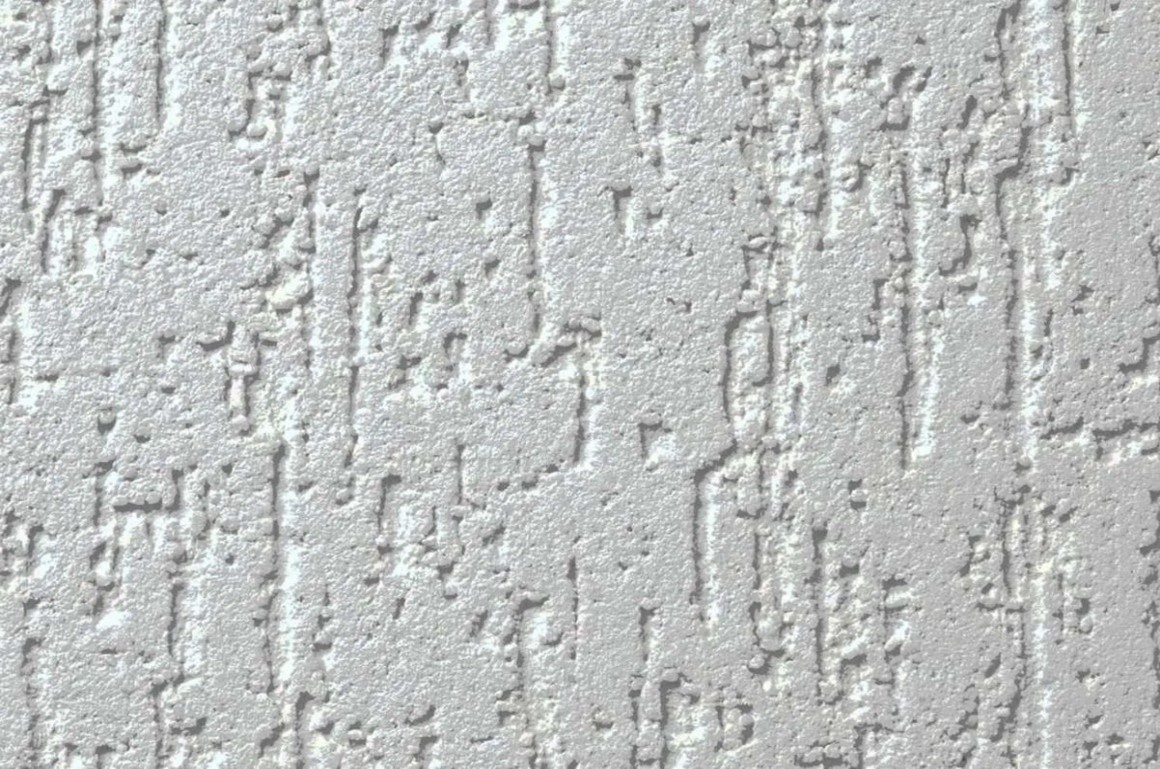Table of contents
A low-cost, easily executed technique, using different textures to highlight the room's walls is a great alternative to bring sophistication and beauty to the room.
With the possibility of varying colors, it helps renew the decoration in a few steps. Prepared with an acrylic-based compound with a consistency similar to putty, it is easy to apply, requiring only one coat. In addition to good coverage, it also dries quickly and has good yield.
Textures give a grooved appearance on the wall, an effect that can complement the most diverse types of decoration, from rustic to classic, from contemporary to traditional.
Learn about the types of textures available

There are several textures available on the market, some of them surprisingly imitate materials, such as wood-effect textures, or even jeans-effect textures.
According to interior designer Ana Adriano, they can be divided into two categories: the ready-made and the semi-ready: "The ready-made ones are available in several different brands on the market, while the semi-ready ones are made with acrylic and gel paints, resulting in different effects and applied with textured rollers.
Check out some of the most common types of textures:
Graffiti texture
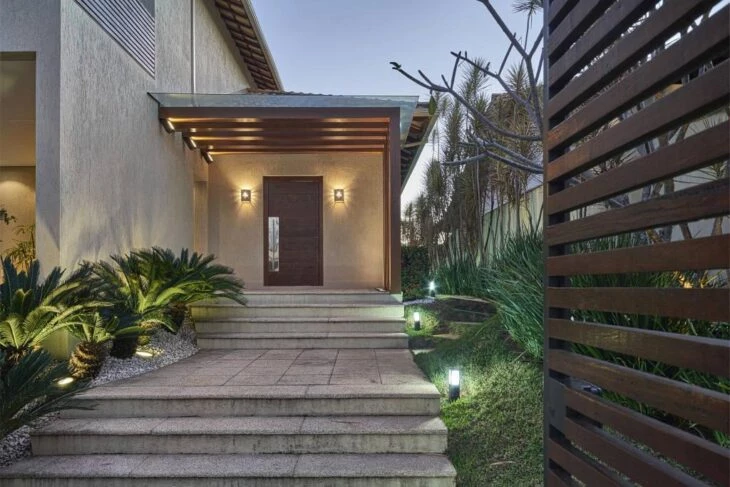
One of the most sought-after techniques today, it is ideal for textured coatings with quartz granules and mineral crystals. The appearance is of grooves and this effect is achieved with the help of a spatula.
Stippled effect

An option to be used with fine granulated paste or on smooth walls, texture is guaranteed by applying the paste with textured paint rollers, in the most varied motifs and patterns.
Grooved effect

To achieve this effect, the paste is applied with toothed plastic spatulas, with small grooves, resulting in uniform grooves. It can be applied in several directions, ensuring a look full of personality.
Spatula effect
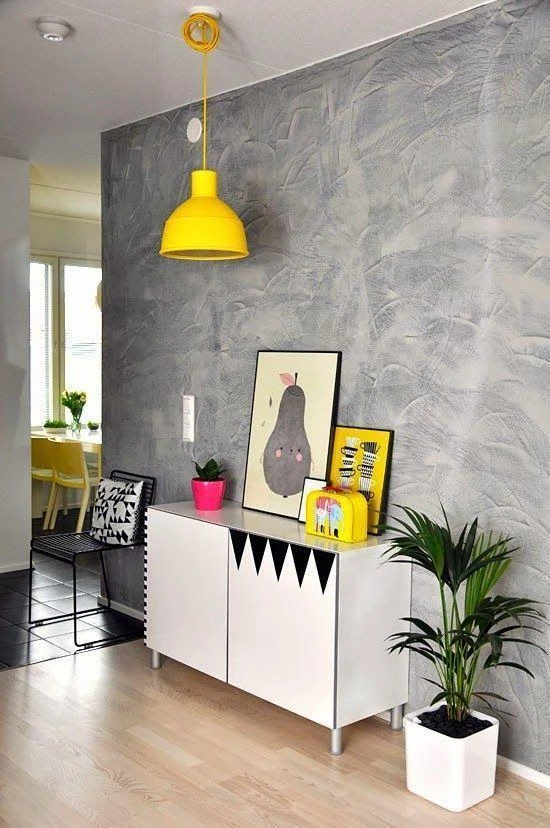
This effect is achieved by using a steel trowel with tabs and is indicated for grained or smooth walls. The beauty of this technique consists in the varied timing of the hand, leaving the paste with a harmonious aspect.
Texture with decorative gel
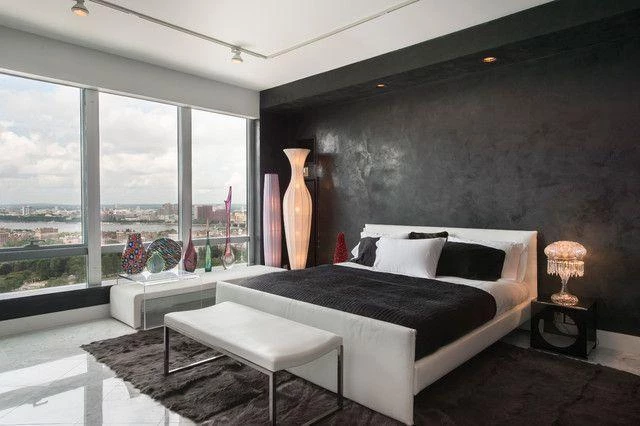
This last technique uses a gel that simulates various textures such as wood, brushed steel, jeans, and straw.
How to make wall textures

Despite the varied techniques, the application of textures has a step by step common to all of them. Check out the interior designer's guidelines and learn how to apply it:
- Prepare the wall: "Before starting the application, sand and repair - if necessary - the parts of the wall where the paste is coming loose", he advises.
- Clean the site: "after sanding the application site, clean the dust with a damp cloth and apply a coat of primer," indicates the interior designer.
- Start the application: "apply the texture paste and use the steel trowel to make the application more uniform", he teaches.
- Perform the chosen technique: "with a plastic pawl make the texture in the desired design or use the roller for texture", Ana instructs.
- Wait for it to dry completely: the professional recommends waiting about 24 hours for complete drying before placing furniture or decorative items on the application site.
In the video above, you can see more tips and details about the process of wall texturing. The step-by-step contains all the necessary materials for you to perform the texture application in your home.
In which environments to use textures on the walls
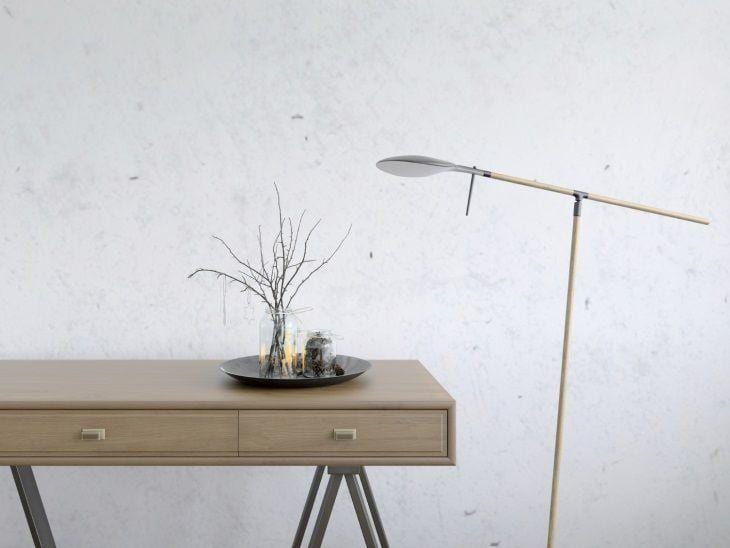
According to Ana, texture has no restrictions of use, and can be used in any room of the house, even outdoors: "Texture is thicker than regular paint, and more resistant to water and humidity, which is why it is widely used on facades.
See_also: Bathrooms with bathtubs: 95 ideas with breathtaking looksThe designer also recommends choosing the texture carefully, so as not to make the environment look heavy, polluted, and it is necessary that the technique follows the decoration style. Another tip from the professional is to use the texture according to the environment, using more subtle techniques in smaller places and other more daring ones in larger spaces.check the degree of
See_also: Kitchen Curtain: 50 amazing designs to inspire youwater-repellency of the mass, so as not to have future problems", he alerts.
Finally, the designer suggests choosing a technique that meets personal taste, regardless of what it is, but always trying to use a color palette that highlights the furniture, complementing it.
Regardless of the technique chosen, the texture is capable of completely changing the look of an environment. Try to highlight the wall using focused lighting points, trying to highlight the details even more, and complement it with more discreet decorative objects, so as not to weigh down the environment.

